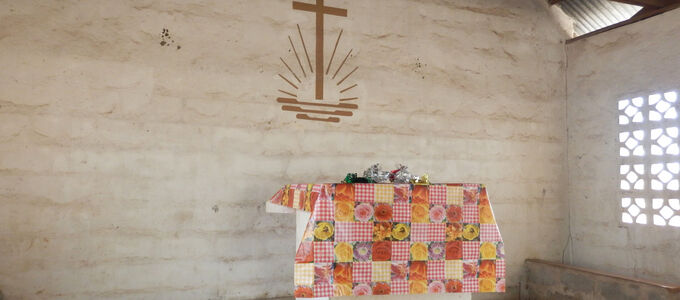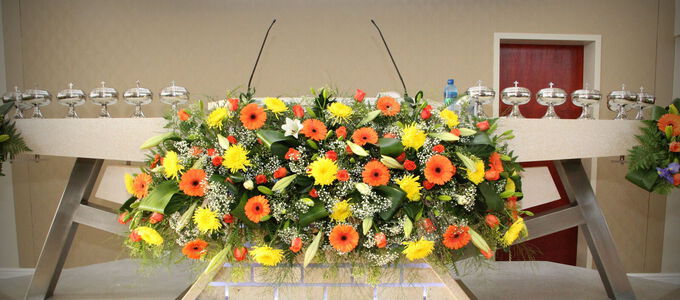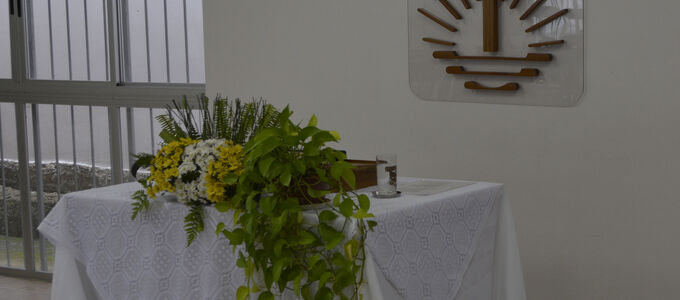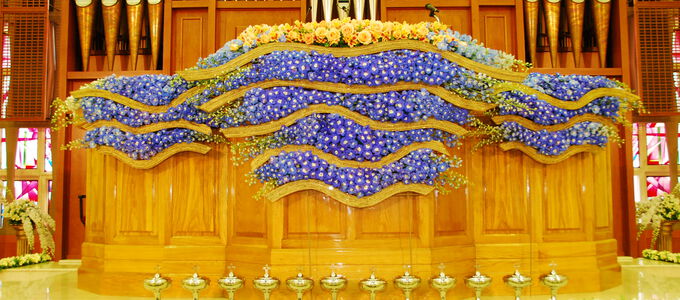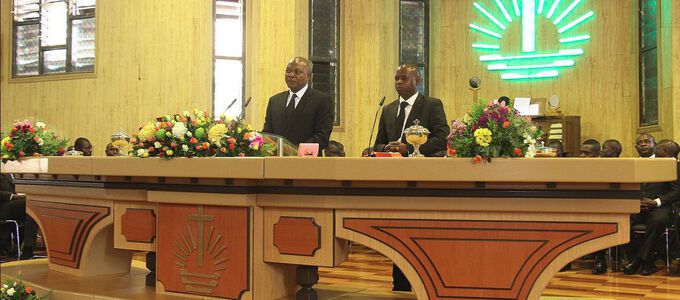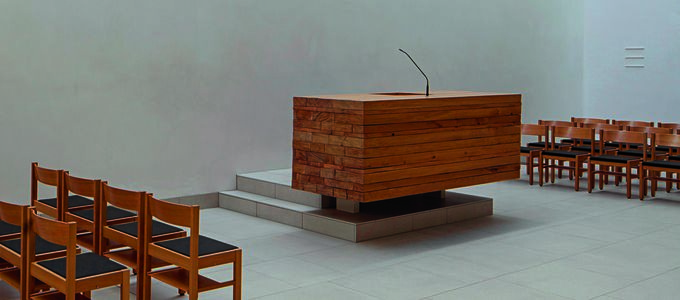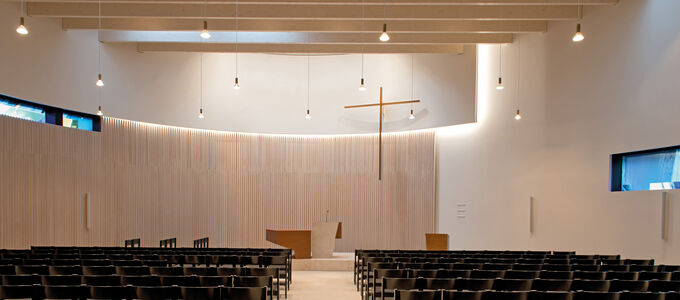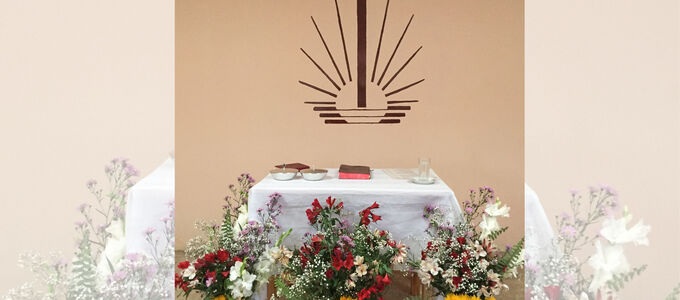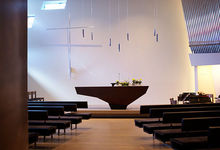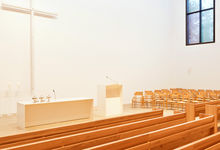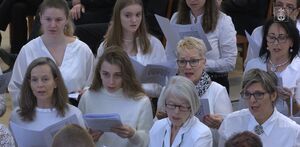The altar: more than just a piece of furniture
The altar is the central focus in every church. But what makes it special? A conversation with architect Stephan Pfäffle about guidelines, artistic freedom, and the desire for the congregation to be enthusiastic about the design of its altar.
What are the criteria for building a church?
We have guidelines and manuals for the construction of church buildings, including for the altar and the altar area. These guidelines are published on the homepage of the New Apostolic Church Southern Germany, and anyone can read them there. Some of the Regional Churches have different regulations, including the design of the altar area.
Have the requirements for church buildings changed in recent years?
When we construct new buildings, decisions have to be made already at the site selection stage: where do the members come from, what does the catchment area look like? We look about twenty years ahead. We also make sure that we have sustainable façades. Increasing use is being made of renewable energies for heating.
External planning specialists also work with the guidelines. What do they specify?
The guidelines contain technical components such as area and volume specifications as well as room dimensions, information on seating, room acoustics, and how far the altar should be from the wall. The shape, material, and dimensions of the altar are also specified. The location and the sight-lines in the building, that should converge at the altar, must also be considered at the planning stage. The height of the altar is also fixed.
Let’s talk specifically about the altar. What function should or must it fulfil?
In our church, the altar has a dual function: it is the place where the word of God is preached and where Holy Communion is prepared. In view of this, it is a good idea for the altar to be at the front, as this makes it easier for the congregation to follow the sermon because they can see the preacher and take in the non-verbal aspect of preaching. To emphasise the importance of the altar, it is often placed on a raised platform.
In New Apostolic churches, the altar usually takes the form of a block. Is this due to its function?
Yes, this dual function should be reflected in the design: the altar in the shape of a block or a table with a small desk, which serves as a lectern, on top. The desk or lectern can be placed on top of the altar or be placed next to it and subdivide it. A beautiful example of this is the altar in our church in Ditzingen (Germany). A natural stone lectern has been placed next to the wooden altar, thus reproducing the dual function in both design and material.
Speaking of material, can you use any material for the altar or are there rules?
Wood and stone are indeed the most commonly used materials. It is important that we use authentic and natural materials, nothing that has been artificially clad. In our church in Munich-Laim, for example, solid oak timber with different dimensions and structures was stacked, symbolising the diversity and uniqueness of the congregation or humanity in general.
How do the altar and the cross coalesce?
There should be a direct relationship between the two. We ask the architects to present an overall architectural concept. For this purpose, a detailed view is drawn on the altar wall, and in some cases the effect is also visualised using models. The proposals regarding the proportions and positioning of the cross are made as part of the initial design, on which our District Apostle and the responsible Apostle and Bishop will then make the final decision.
Once the altar is in place, what can be placed on it? I am thinking along the lines of floral decorations, for example.
Flowers should be placed on separate stands in front of the altar so that they do not obstruct the view of the chalices, and the same applies to candles. And the minister should of course also have an unobstructed view of the congregation.
In some areas, members gather for divine services in someone’s home, where the table is then transformed into an altar. The same happens at open-air services. Are these altars just as sacred as those in an actual church building?
Here we enter the realm of theology, but it is generally true that rooms temporarily used for divine services are sanctified by those assembled in the congregation, made up of the altar, ministers, and the congregation. The officiant can also include the request for this sanctification of the place in his opening prayer.
Is there an altar that you think is particularly impressive?
This is a difficult subject because I know that the employees put a lot of effort into each individual project. It would be unfair to single out just one. Many architects understand the subject very well and approach it with great care. They understand the significance of an altar.
Stephan Pfäffle, 45, is in charge of the construction and maintenance department of the New Apostolic Church Southern Germany and heads the construction management group, which is responsible for new buildings and conversions. The full interview was originally published in the German magazine spirit, issue 03/2023.


